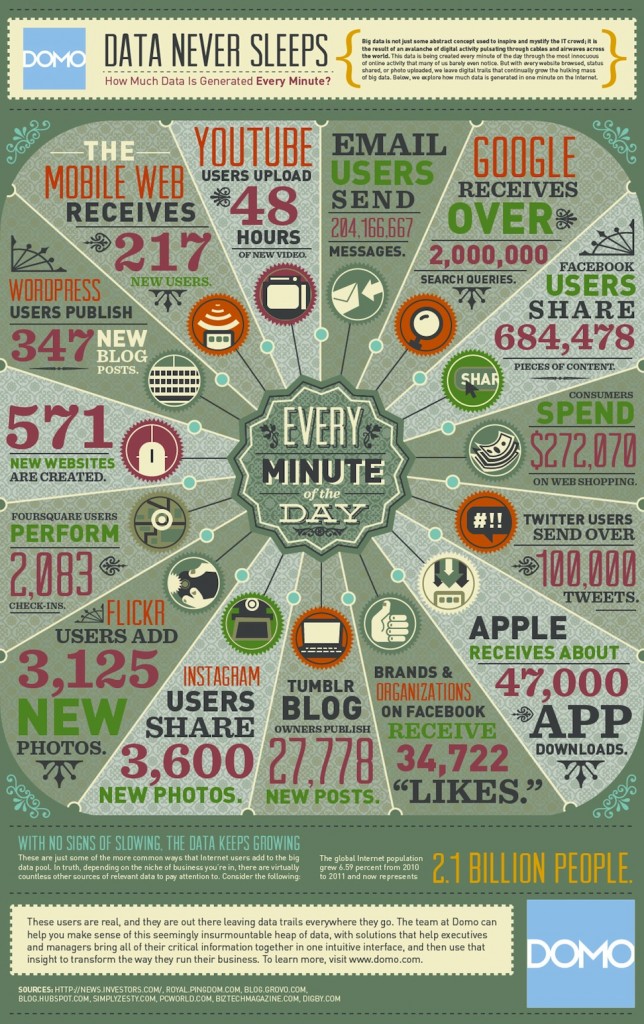Curate your data, connections, and content
3/21/13 / Kim Pierce

 As a result of the technological advances of the past several decades, we’re inundated with information all day, every day. Business owners and entrepreneurs may believe that the money-making ships have long-since sailed, but there are still opportunities for incredible value creation there, if our thinking is broadened.
As a result of the technological advances of the past several decades, we’re inundated with information all day, every day. Business owners and entrepreneurs may believe that the money-making ships have long-since sailed, but there are still opportunities for incredible value creation there, if our thinking is broadened.
Where our tendency may be to press forward into creating more data, more content, and more connections, we may be best served by tempering that urge; opting instead to discover ways to best use the content and connections we already have. Numerous business models based on this very concept have recently come about, proving that the market is willing to pay to have (keyword) relevant information delivered to it en masse.
Think of businesses that base their models on a collection of information and/or connections from which users must then find the content that means the most to them. Online dating sites like Match.com and eHarmony, social networking sites like Facebook, Twitter, LinkedIn, and many others have become incredibly successful because they have harnessed the mass of data made available by ever-increasing connectivity and made it available to the general public. We’ve discovered a powerful tool, but must now refine its use. When paired with traditional human intelligence (which still has its merits over and above technology: look at Amazon’s Mechanical Turk), technology can become that much more valuable.
This refining process must look much like what a curator does for a museum; finding the “signal through the noise.” There is great opportunity for businesses to harness the power of technology and apply to it the human capability for discernment. For example, imagine a networking group hand-picked by a curator to share a meal and conversation based on mutual connections, interests, and goals (see the Salt & Pepper Lunch Club). Clearly, this has much more value than a mass-promoted networking gathering that invites distant connections to come together for awkward conversation that may or may not benefit either party. This type of value is one that businesses would be wise to capture in their business models.
This concept applies to all businesses serving customers hoping to make connections with other people. It does not merely have professional uses, but personal as well, in dating sites, shared-interest groups, etc. Imagine a dating site based on the successful algorithms of Match and eHarmony, but with a human matchmaker pulling the best matches from those results. What is slightly more time-intensive is infinitely more valuable.
Beyond this so-called connection curation, there are opportunities in content curation, (i.e. TED) and data curation (i.e. Nate Silver’s 538), among many others. As yet, information-heavy businesses have stopped short of handing their customers exactly what they’re looking for, and have instead merely dumped data into the world, confident that it will find its rightful user. And that is recognizing only half of what new technologies can offer.